
As a class you will be making a movie where each group will be responsible for a separate sequence within the movie. There are a range of programs and apps that you can use to make your film sequence. Make sure that you decide as a class the final format for each group’s film so that your class's film can be put together — the sequences could be collected in a shared folder on Google Drive or Office 365.
You may use a program or app of your own choice. Three possibilities are:
-
iMovie: read the tutorial or watch a beginner’s guide
-
Adobe Premiere Elements: use these getting started tutorials
-
Windows Movie Maker: use the advice for this program
The Class Movies Filmmaker Lounge offers suggestions and tips in a wide variety of areas including the use of cameras and iPads, filming interviews, lighting and background noise.
Online collaboration tools such as Google Docs or Office 365 Word might also be useful for group documentation, planning and script writing or storyboarding.
Find out more about your role in the movie.
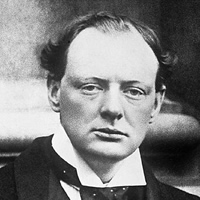 The plan The plan (.pdf 94kB) guidelines |
|
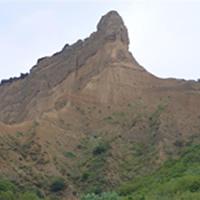 The environment The environment (.pdf 98kB) guidelines |
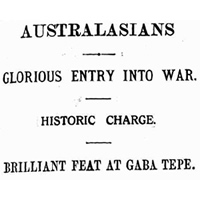 The landing The landing (.pdf 164kB) guidelines |
 The leadership The leadership (.pdf 65kB) guidelines |
|
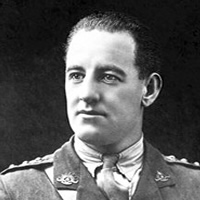 Albert Jacka Albert Jacka (.pdf 88kB) guidelines |
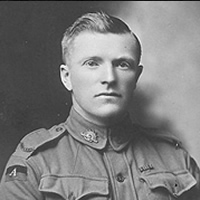 Archie Barwick Archie Barwick (.pdf 96kB) guidelines |
 Treating the wounded Treating the wounded (.pdf 90kB) guidelines |
|
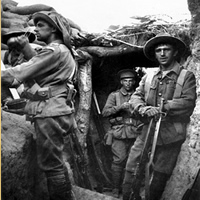 August Offensive August offensive (.pdf 96kB) guidelines |
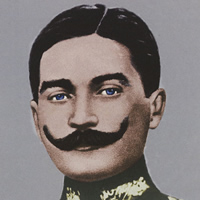 The enemy The enemy (.pdf 91kB) guidelines |
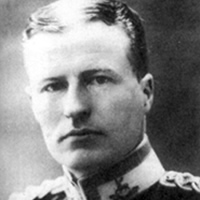 The reporter The reporter (.pdf 102kB) guidelines |
|
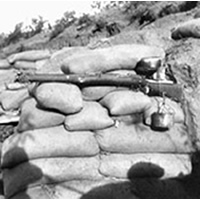 Evacuation Evacuation (.pdf 86kB) guidelines |
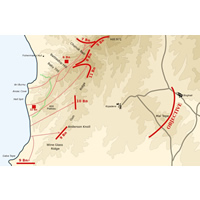 Evaluation Evaluation (.pdf 101kB) guidelines |
Now that all twelve sequences are made, it’s time to put your film together and apply the finishing touches. Divide up your class so everyone has one of the following tasks:
Three or four students will design the opening screen(s) including credits and music. Meet with the sound editors with regard to the music. This group will also write and film a brief (no more than twenty seconds) introduction to Gallipoli: the true story.
Nobody’s perfect; we all make mistakes whether we have checked our work or not. Twelve students will therefore proof-read the twelve sequences, and correct any errors. It is important that you do not proof the sequence that you made.
Four or five students will ‘collect’ all primary and secondary source acknowledgements. Then produce an ‘end credits’ page that acknowledges these sources as well as detailing which students created each of the sequences.
Your class has used twenty-first century technology to create Gallipoli: the true story. You are also approaching this task with a modern mindset. In 1915, censorship of the media was much stricter than it is today. Two students will write a brief report of the film based on the censorship regulations (.pdf 80kB) of the time. Are there any sections of your film that would have hit the cutting room floor? Do not change the film but report back to your class on your findings.
Three or four students will add music and/or sound effects if/when appropriate. If any commercially-made music is used, pass on these details to the acknowledgements team. Also meet briefly with the team introducing the film on which music might be used.
Three or four students will ensure continuity throughout the film. The class has produced twelve separate sequences. Your job is to make sure the film flows and that there is no confusion for viewers. For example, the sequence about the environment at Gallipoli is followed immediately by the landing. But how did the Anzacs get to Gallipoli, where were they before, what were they doing, what is the date? These questions might require a caption or a short explanation of why the film jumps from one sequence to the next.
This post-production sheet (.pdf 61kB) will help to organise the class into the different roles.
Once Gallipoli: the true story is made and you have watched it in class, what do you do next? Here are a few suggestions:
-
hold an ‘Oscars’ presentation with awards for the best sequences and other aspects of your class’s production
-
premiere your film to other Year 9 classes — or maybe have a competition between classes
-
incorporate your film into an Anzac Day or Remembrance Day ceremony
-
invite a representative of your nearest RSL to talk about the First World War and witness your film (or be a judge if multiple classes ae involved)
-
upload your movie on YouTube (consider copyright implications).
